RARE World War I Battle of Cantigny 28th Infantry 1st Division Western Front Map
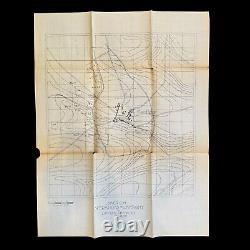
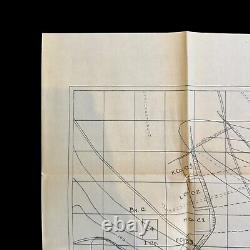



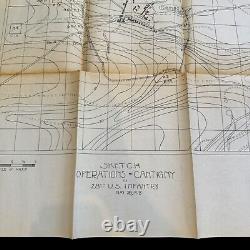

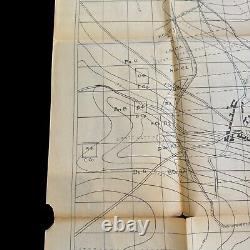


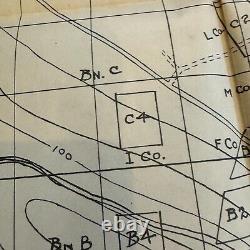
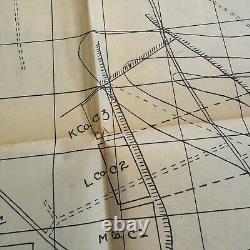
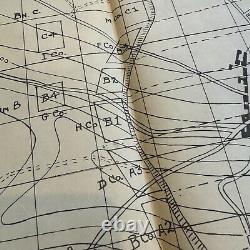
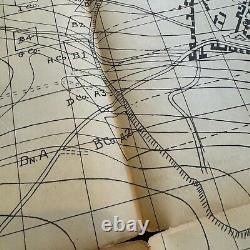
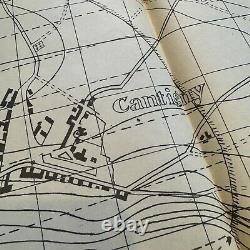
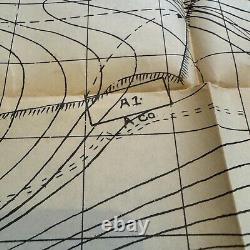

Comes with a hand-signed C. This rare and museum-grade World War I map shows the. Battle of Cantigny area of operations. The Battle of Cantigny, fought on May 28, 1918, holds a significant place in the annals of World War I as it marked the first major American offensive operation in the war.
The 28th Infantry Regiment of the 1st Division, also known as the "Big Red One, " spearheaded this attack, showcasing American military prowess on the Western Front and providing a crucial morale boost to the Allies. The Strategic Importance of Cantigny.Cantigny was a small village in the Picardy region of France, strategically located on a ridge that offered a commanding view of the surrounding countryside. The Germans had fortified the village and used it as a stronghold to launch artillery and reconnaissance operations. Capturing Cantigny would disrupt German defenses and provide the Allies with a tactical advantage in the region, serving as a stepping stone for future operations.
In the spring of 1918, the German army launched a series of offensives, known as the Ludendorff Offensive, aimed at breaking through the Allied lines before American forces could be fully deployed. The Allies, under the Supreme Command of General Ferdinand Foch, were eager to prove the effectiveness of the American Expeditionary Forces (AEF), commanded by General John J. The 28th Infantry Regiment, part of the 1st Division, was selected for this crucial mission. The regiment underwent intensive training in trench warfare, artillery coordination, and small unit tactics. The preparation included rehearsals on mock-ups of the village and extensive reconnaissance to gather intelligence on German positions.
The attack on Cantigny began in the early morning hours of May 28, 1918. At precisely 6:45 a. A coordinated artillery barrage, involving over 300 guns, began pounding German positions.
This barrage, known as a "creeping barrage, " advanced in stages, allowing the infantry to follow closely behind the protective curtain of shellfire. The 28th Infantry Regiment, supported by tanks and engineers, moved out of their trenches and advanced towards Cantigny. The tanks provided critical support by crushing barbed wire and neutralizing machine-gun nests, while engineers cleared obstacles and defused mines. Despite facing fierce resistance, the 28th Infantry managed to infiltrate the German lines and enter the village. The fighting was intense and brutal, with house-to-house combat and constant threats from snipers and machine-gun fire. By midday, the regiment had secured most of Cantigny, and by evening, the village was firmly in American hands. Securing Cantigny was only the first phase of the operation. The 28th Infantry now faced the daunting task of holding the village against expected German counterattacks. The regiment immediately began fortifying their positions, digging trenches, and setting up barbed wire defenses. Over the next 72 hours, the Germans launched several determined counterattacks to retake Cantigny. These attacks were met with fierce resistance from the American troops, who were supported by French artillery and reserves. The coordination between the American and French forces was crucial in repelling the German assaults. The Battle of Cantigny was a resounding success for the American forces.It demonstrated their ability to plan and execute a complex offensive operation and hold captured territory against determined counterattacks. The victory at Cantigny boosted the morale of the Allied forces and provided a psychological blow to the Germans. The success of the 28th Infantry Regiment at Cantigny also had broader implications.
It validated the effectiveness of American training and tactics and reinforced the growing partnership between American and French forces. The operation served as a valuable learning experience for the AEF, which would participate in larger and more complex offensives later in the war, such as the Aisne-Marne Offensive and the Meuse-Argonne Offensive. Other Divisions and Operations in the Sector. The Battle of Cantigny was part of a larger series of operations in the Picardy sector.
The 1st Division continued to play a critical role in subsequent operations, demonstrating their combat effectiveness and resilience. Other American divisions also participated in operations in the Picardy and surrounding regions. Notably, the 2nd Division, which included the famed Marine Brigade, fought in the Battle of Belleau Wood in June 1918. This battle, like Cantigny, was crucial in halting the German advance and showcased the fighting spirit of American troops.The 3rd Division earned the nickname "Rock of the Marne" for its tenacious defense during the Second Battle of the Marne in July 1918. This battle marked a turning point in the war, as Allied forces, bolstered by American troops, began to regain the initiative and push the Germans back. The operations at Cantigny by the 28th US Infantry Regiment were a pivotal moment in World War I. The successful assault and defense of the village demonstrated the growing strength and capability of the American Expeditionary Forces.
The battle provided valuable experience and lessons that would be applied in subsequent operations, contributing to the eventual Allied victory. The bravery and determination of the 28th Infantry at Cantigny not only secured a tactical victory but also symbolized the commitment of the United States to the Allied cause. This battle, along with other key engagements involving American forces, played a crucial role in shaping the outcome of World War I and establishing the United States as a formidable military power on the global stage.

